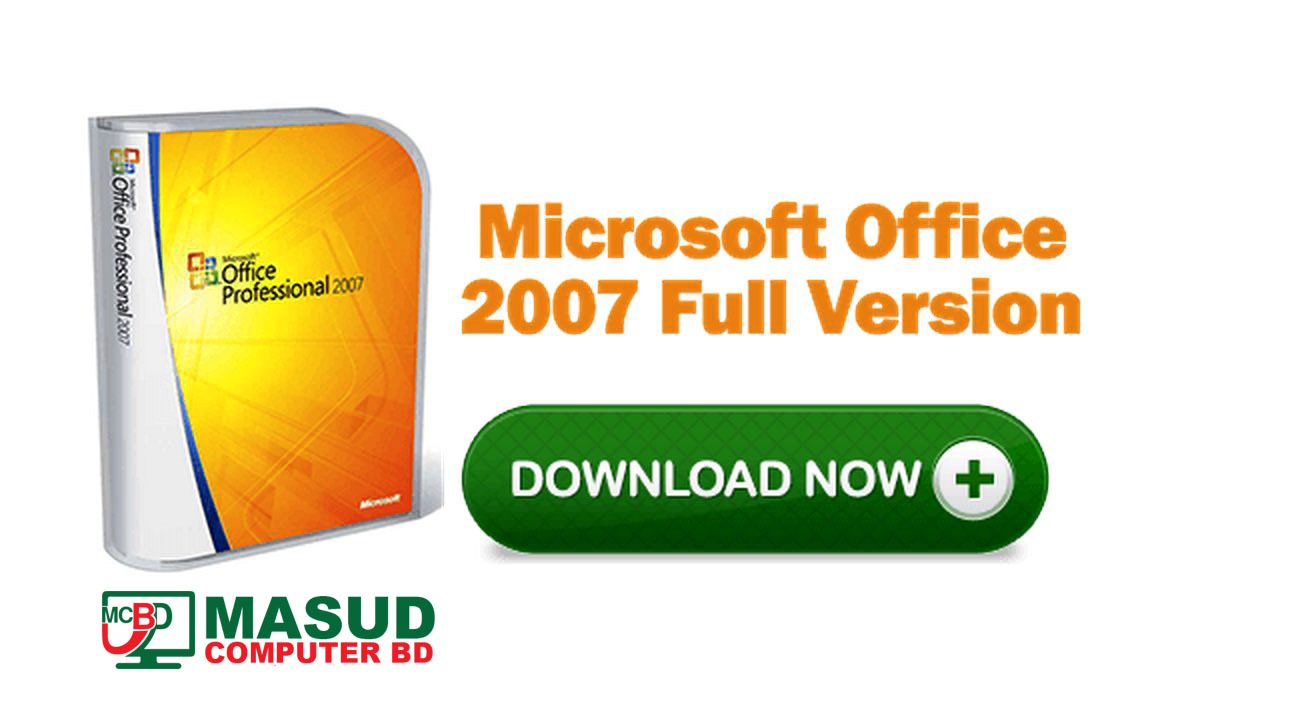

- #Ms office download versions how to
- #Ms office download versions install
- #Ms office download versions update
- #Ms office download versions software
#Ms office download versions install
#Ms office download versions how to
How to Download and Install Microsoft 365 for Windows 10/11 Then, sign in with a Microsoft account, which can be your personal, business, or school account.
#Ms office download versions software
When you get to, scroll down a little and click on the icon of the software you want to use. This post teaches you how to download and install Microsoft 365 with a detailed guide. If you want to use Microsoft Office for free, all you have to do is visit to launch the web app versions of Microsoft Office software. Microsoft 365 is compatible with Windows, macOS, iOS, and Android. You can use it to create and edit documents, send emails, save files and photos to OneDrive cloud storage, and more.


Microsoft 365, formerly Office 365, offers access to a set of Microsoft apps like Word, Excel, PowerPoint, OneNote, OneDrive, Teams, Editor, and Outlook. If you need a free data recovery program to recover deleted/lost Office documents, you can try MiniTool Power Data Recovery. Also learn how to uninstall and reinstall Microsoft/Office 365 if you encounter problems.
#Ms office download versions update
If you have other PATH and/or GUID that you would like to add to this list, write a comment about it and I'll update the post.This post teaches you how to download and install Microsoft 365 for Windows 10/11 computer to access various Office apps.

In case you also need the installation GUIDs, for example to retrieve some Office-related installation data from Windows Installer and/or Registry Editor, I'm also enumerating those (source: ): Office XP If you never heard of Click-To-Run installation mode, read here. The executable files have kept the same names since Office XP, which are the following:Ĭ : \Program Files \Microsoft Office \Office10 \Ĭ : \Program Files (x86 ) \Microsoft Office \Office10 \Ĭ : \Program Files \Microsoft Office \Office11 \Ĭ : \Program Files (x86 ) \Microsoft Office \Office11 \Ĭ : \Program Files \Microsoft Office \Office12 \Ĭ : \Program Files (x86 ) \Microsoft Office \Office12 \Ĭ : \Program Files \Microsoft Office \Office14 \Ĭ : \Program Files (x86 ) \Microsoft Office \Office14 \Ĭ : \Program Files \Microsoft Office 14 \ClientX64 \Root \Office14 \Ĭ : \Program Files (x86 ) \Microsoft Office 14 \ClientX86 \Root \Office14 \Ĭ : \Program Files \Microsoft Office \Office15 \Ĭ : \Program Files (x86 ) \Microsoft Office \Office15 \Ĭ : \Program Files \Microsoft Office 15 \ClientX64 \Root \Office15 \Ĭ : \Program Files (x86 ) \Microsoft Office 15 \ClientX86 \Root \Office15 \Ĭ : \Program Files \Microsoft Office \Office16 \Ĭ : \Program Files (x86 ) \Microsoft Office \Office16 \Ĭ : \Program Files \Microsoft Office 16 \ClientX64 \Root \Office16 \Ĭ : \Program Files (x86 ) \Microsoft Office 16 \ClientX86 \Root \Office16 \ Hoping to be useful, I'm setting up a public list of all the installation paths of the various versions of Office (from XP to 2016) for all Windows systems.Īll the applications provided by the Office suite ( Word, Excel, Outlook, Access, Powerpoint), if installed, can be found within the given folder(s).


 0 kommentar(er)
0 kommentar(er)
